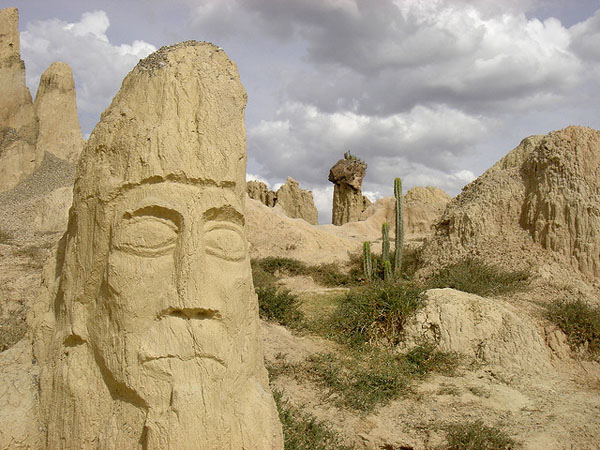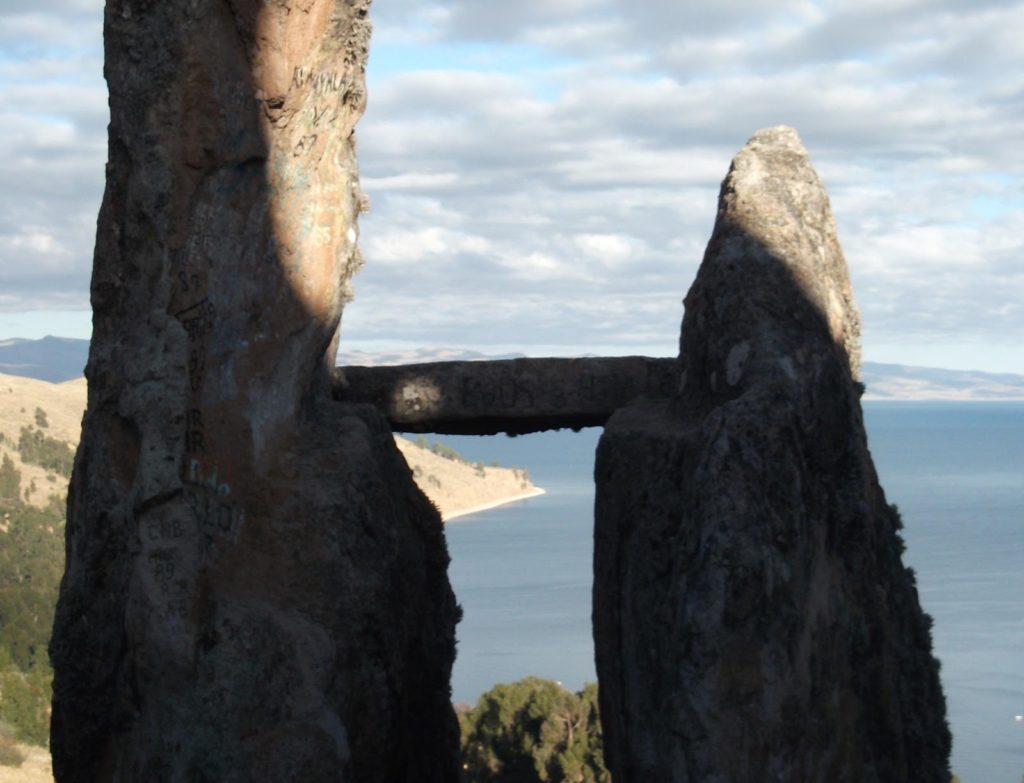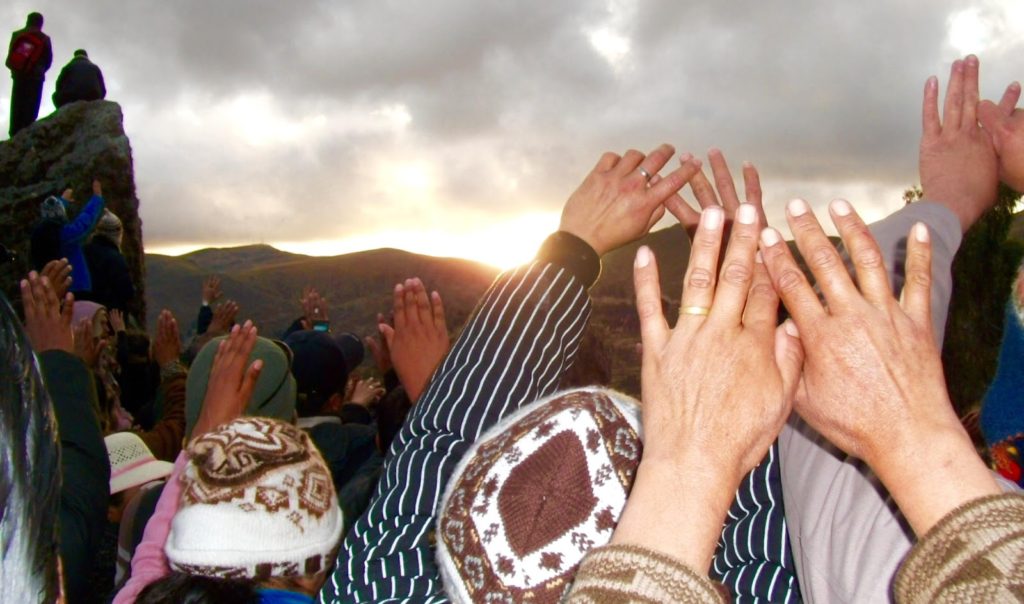The total solar eclipse on July 2, which will be visible for up to four and a half minutes across a 100-mile swath of Chile and Argentina, is the main event in our South American travels. But it won’t be the only astrological adventure we undertake. Thanks to some inspired planning by our friend and fearless leader “Solar Simon” Macara, we’ll be seeking out some Solstice shenanigans in the weeks leading up to the eclipse.
After touring around Cusco, Peru for a couple of weeks, we’ll make our way South to La Paz, Bolivia, where we will watch the full moon rise over the highest capital city on Earth, on June 17. After celebrating with dinner, drinks, and dozens of fellow umbraphiles (eclipse chasers) from around the world, we will head out the next day to the nearby Valley of the Moon, the legendary lunaresque landscape famous for enormous carved rock formations and the presence of the Ancient Spirit of the Andes, otherwise known as Trichocereus Pachanoi, Huachuma, Choma or San Pedro.

On June 20th, the day before the Winter Solstice in the southern hemisphere, we’ll set out on a pre-dawn mission to Pachataka, which lies on a hill above Copacabana beach on Lake Titicaca. The ancient megalithic Gateway of the Sun is an archeo-astronomical clock that measures and venerates the day of Solstice. According to Macara, “At dawn on that day, the rays of the rising sun pass through a hole that was carved by the ancients in order to project a thin shard of light onto the crossbeam of the megalithic gateway, casting a circle of photons upon it that very eloquently marks the moment of the Solstice.”

The phenomenon is also visible on the day before and the day after the solstice, so we’ll have more than one opportunity to experience it.
On the 21st, we’ll return to the solstice altar with several hundred native Aymara people, who reclaimed the sun-worshipping event after an archeologist re-discovered the Gateway to the Sun in 1978. Macara says the shamanic festival features “…the Aymara people awaiting the sun’s arrival in silence, their eyes closed and their arms raised in reverent anticipation in order to actually “feel” the emergence of their solar deity creeping over the horizon.” After sunrise, indigenous ceremonies and traditional dances take place in and around Copacabana all day and late into the night.

On 22nd, we’ll take a day trip to the nearby islands of the Sun and the Moon, sacred sources of the Inca creation myth that “lie embedded like celestial jewels in the shimmering waters of Lake Titicaca,” says Macara. We’ll visit an ancient astronomical observatory, the Fountain of Eternal Youth, the Temple of the Virgins of the Sun, and the Solar Temple of Pilkocaina, which was once the epicenter of solstice worship for the islands.
The next day, a subset of our crew will begin a 2,500 km trip South by bus, train, and rented car in order to reach Bella Vista, a 1,000-person town in the San Juan province of Argentina. Once there, we’ll have a few days to explore the area and find the perfect viewing spot for the total solar eclipse on July 2.